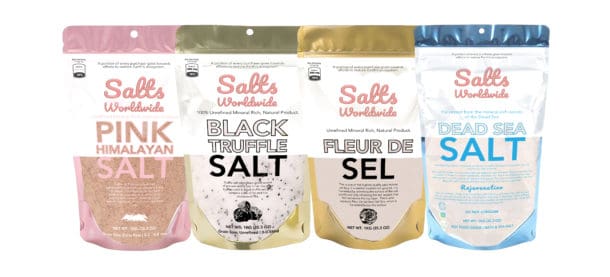The Pros and Cons of Iodized Salt For Curing Meat
The debate about the use of iodized salt for curing meat continues, as does the debate about whether the salt should be iodized. In some countries it is mandated, but in other countries it is not.
When we talk about the treatment of meat, there are several issues at play. Food safety is a major consideration for those who deal with food industry operations. It is the concern for food safety that drives the control of salt levels in meats.
Another factor in curing meat is cost. When foods need to be cured they are expensive to process and package. The very existence of large food companies is the result of efforts to produce high quality products at reasonable prices.
Salt supplies have long been required to be iodized to control the level of the mineral. However, many food producers, particularly in developing countries, believe that using iodized salt causes allergic reactions and diseases such as food poisoning. The cost of paying for the extra testing and manufacturing process is not necessarily affordable for small scale producers. In fact, this is one of the reasons why many large scale food production facilities require the use of iodized salt.
There is also some concern about the concentration of iodine in the cure, which might promote hair growth, and contribute to thyroid conditions. This has been a concern for individuals who use the method of freezing or drying the meat, although there are no studies that support this claim.
Curing meat without the use of iodized salt is still very common in the Far East, particularly in China, Japan, and Korea. Several scientific studies have been conducted regarding the mineral concentration in meat and the health effects of iodine.
One of the most recent studies has concluded that using iodized salt in curing meat could cause reactions in people who are iodine deficient. One study showed a correlation between the iodine concentration in the meat and the number of outbreaks of thyroid disorders in the area where the study was conducted.
According to research conducted in Japan, there is no discernible difference in the tenderness of cured beef from that of uncured meat that has been exposed to higher temperatures during the curing process. The same is true of fish.
The only difference is that the curing meat was exposed to greater heat in the laboratory before being frozen and dried. Based on these findings, an iodized salt-free method of curing meat would probably not be more successful, but it might prove to be less effective in cases where conditions cause the meat to retain more water.
In a study that has shown a lack of difference in tenderness between cured and uncured meat, the average reaction was a slight decrease in temperature that did not influence the effectiveness of the curing process. An iodized salt free method was not found to be any less effective.
In general, the iodized salt was found to have no significant impact on the quality of the cured meat. When comparing the differences between various curing methods using the same amount of salt, the study indicates that the salt concentrations found in uncured and iodized cured meat are virtually identical.
It is becoming clear that there is no health risk involved in the use of iodized salt for curing meat. In fact, it may even help the consumer.




